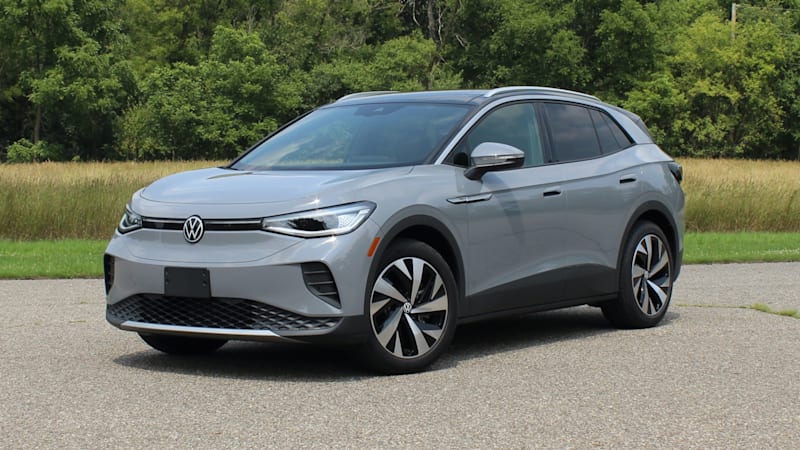After the Volkswagen Group has accelerated its push for electrification, it is already unlocking more technologies for its ID. range and invest in further green energy options and second-hand battery infrastructure. Said Elke Temme, CEO of the Group-owned charging and energy company Elli: “Our goal is to ensure that an electric vehicle can be the customer’s primary vehicle – without compromise. That is why we are building a fully eco – system, with residential charging solutions and rapid expansion of the fast charging infrastructure required for mobile charging, as well as expert advice, comprehensive charging rates and the right fleet solutions for business customers.”
The automaker all say ID. models with the 77 kWh battery can charge bi-directionally – they accept energy from a source and charge a separate energy storage system, such as a wallbox connected to a home energy system. That capability comes via an OTA update. VW to sell special bi-directional DC wall boxes for home use. Another software revision and OTA update will increase the charging capacity of the 77 kWh ID. battery from 125 kW to 135 kW for standard models and up to 150 kW for the racier ID.5 GTX. We were told that the boost cuts charging times by up to nine minutes when charging from 5% to 80%. There will also be a new Battery Care mode that limits battery charge to 80%; VW did not say whether this would be an owner-selected mode, or a fixed setting in the car.
Speaking of owner settings, UX designers have modified the layout of the charging menu to be “structured in a more informative and clearer way”. In addition, the navigation’s online route calculation will do the math to figure out how to reach a destination in the shortest time, taking into account charging times and the desired charging level at the destination. This can result in a route that is not the shortest distance, but ultimately reduces route time by including faster charging stations.
VW hasn’t given a more specific timeline for all of this than “in the future.” When the upgrades come, European owners will receive them first, but we expect them to cross the Atlantic after that.
Across Europe, the carmaker has plans for its EV owners to sign a We Charge contract to gain access to an additional 18,000 fast charging stations on top of the 270,000 public stations that are part of VW’s partner networks. Another 35,000 retail charging points are planned. A Plug & Charge feature aims to eliminate the need for physical cards, with secure communication between the charging cord and the vehicle’s charging port, verifying administrative details once the cord is plugged in.
VW also wants more green power, with plans to build 20 new wind and solar farms across Europe by 2025 that will produce as much as seven terawatt hours of electricity, as well as energy management and storage solutions to prevent the green energy from being lost. The company said that 6,500 gigawatt hours of renewable energy was wasted in Germany in 2019, enough to power 2.7 million electric cars for a year.
Related video:
